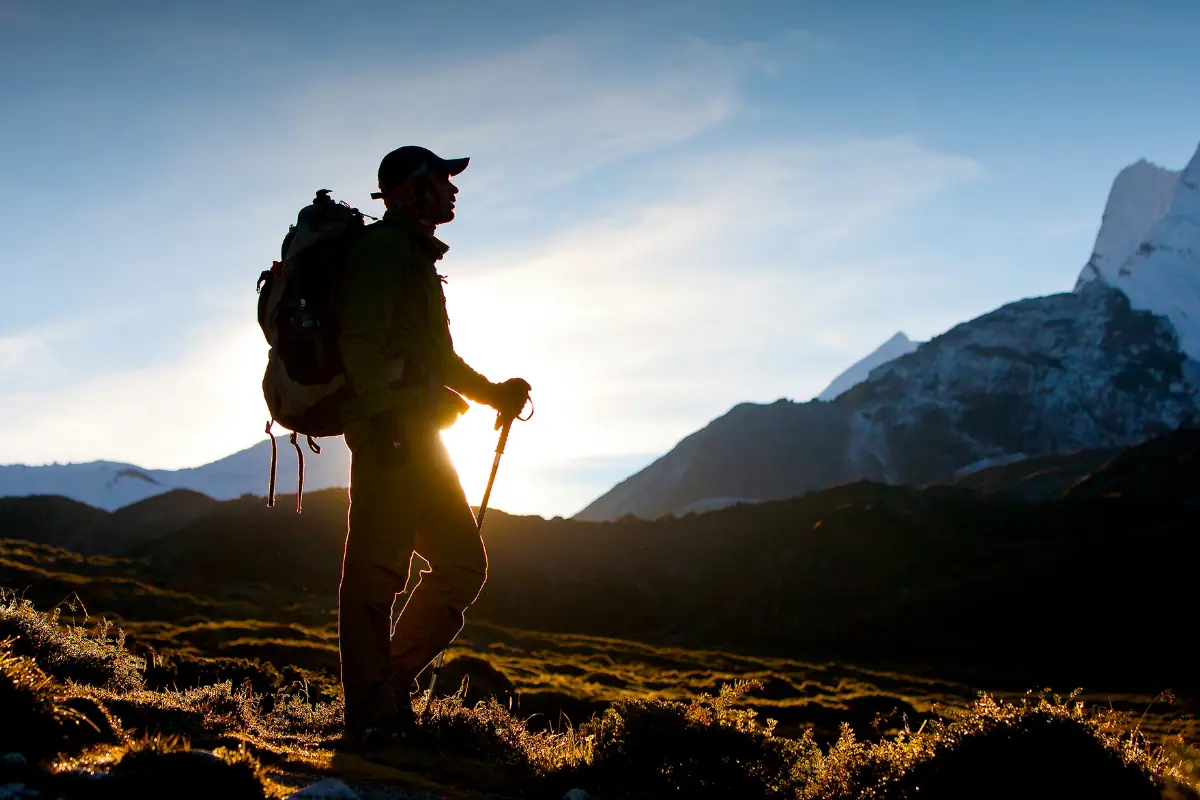While on the Appalachian Trail, cell phone service is essential for safety, meeting with other long-distance hikers, and staying connected to the outside world.
Cell phones are also great for taking pictures of all nature offers, but who offers the best cell service on Appalachian Trail treks?
From many hikers over the years, the best cell service is available through Verizon, and as long as you enable roaming access, it is the top provider along the entire trail. The issue with the trail, though, is that you will still encounter areas with no service due to hills and surrounding mountains.
However, many misconceptions exist about what kind of cell service you will have on your hike. The truth is that it varies depending on which sections you hike and where along the trail you are located.
It’s important to know what type of coverage you can expect before deciding whether or not to bring your cell phone out on the trail with you.
Why Cell Coverage Matters
When you explore out on the trail, local trails, National Parks, or on a 6-month thru-hike like the Appalachian Trail, you will have many needs for that little device you may have never expected.
In addition to calls and text, it is your primary photography and video tool, GPS and weather tool, and much more, so asking, “Is there cell service on the Appalachian Trail?” can be vital.
These types of applications all require a good cell signal reception with high cell phone coverage, and the stronger, the better.
While it is a fact that you won’t have service for your entire hike, having good coverage in the areas you do hike will make your experience much more enjoyable.
Phone Calls and Text
Keeping contact with family, friends, or other hikers requires good cell phone service.
Having a way to communicate with others while on the trail can be very useful, but most importantly, for safety purposes.
Photography and Videos
We all love the amazing images that we can capture with our phones, and we have come to expect to be able to share them, whether through Facebook, Instagram, or many other social apps.
Most of us use them as a replacement for point-and-shoot cameras, and depending on the type of phone you have, it may be better than most cheap digital cameras.
GPS Apps
Getting directions from our phone, like a GPS device, is pretty much second nature to us nowadays, and we expect that we will be able to get there without issue.
GPS apps like FarOut, Hiiker, or Alltrails work best when you have a strong cell phone signal paired with GPS and won’t work as well in many cases without a signal.
Weather Updates
I love having the ability to get up-to-date weather reports while out on the trail, and feel they are important for many reasons.
Having a daily check for weather updates before your hike can give you an early warning or preparation to change your plans if needed.
Without these, you can be in a dangerous situation with the weather change.
Emergencies
What happens if you should fall and get hurt? If you don’t carry a tool like a Garmin, BivyStick, or Zoleo, then this can be a life-threatening situation.
What if you encounter wildlife and get chased back to your tent? Or someone rips open your tent and gets inside it?
For safety, emergencies, and more, there is only one thing that will work – having cell phone service.
Carrier Issues
With all cell phone services, there can be carrier issues. Each carrier uses a different frequency for its cell service.
The Appalachian Trail falls on Verizon’s older CDMA system. For some users, no phone calls or text messages can be made from their AT device because they do not have the latest update to work with the Verizon towers properly.
In addition, some people have specific phones that will not work on the trail with any cell provider.
For most people, their service along the trail is comparable to what they have in their home area. Just like you would expect calls and text messages at home, you will receive them on your hike as well.
For some hikers, though, there are parts of the trail that have no cell coverage or only spotty coverage.
In some areas along the trail, hikers have been reporting better service from one provider compared to another. In those areas, Verizon seems to be the worst and AT&T is better for voice reception.
CDMA vs GSM
The signal used by the cell service providers to communicate data and voice is different, and not all smartphones can switch between the two types.
There are CDMA devices that only work with Sprint or Verizon, and there are GSM devices that only work with AT&T or T-Mobile.
GSM phones run on a 2G system, whereas CDMA runs on a 3G system. LTE is the latest and most reliable type of signal service.
In areas with small towns or remote areas where hikers get off the trail, there may be a network switch from GSM to CDMA. This can cause your device’s battery life to drop dramatically while you aren’t using it.
Luckily, modern devices will handle these changes much better than older ones.
Some people have even reported getting 1-3 bars of service but still not being able to make or receive calls or texts, while others with the same phone in the same spot will get perfect reception.
Phone Issues
The most common phone issues along the trail are related to reception, bars, and batteries. A phone with the latest updates is essential for cell service and connectivity.
Most smartphones will notify you when there is an update available, so it’s best always to have your phone set up to download them as they become available automatically.
With today’s phones, many power options can be adjusted to help save on battery life.
For example, setting your screen’s brightness to automatic can help conserve battery power when needed.
If you use your phone for lots like images, videos, and GPS then carrying a battery pack like the Anker 10000 can be a good way to recharge on longer hikes.
In Conclusion
Finding the best cell service on Appalachian Trail hikes will take some trial and error, but you will come to find what works best for your particular needs.
Some phones are built specifically for hikers, but if you don’t want to spend the extra cash on them, then any modern smartphone will work fine too.
The most important thing is that you stay safe out there by having service with you all day or night. Even without cell coverage, many devices are available to help locate a person in emergency situations.
These services, combined with good old-fashioned navigation tools like maps and compasses, can allow anyone with even basic hiking knowledge to navigate safely through very tough terrain.
Getting lost deep in the backcountry is never good news, so preparation before your hike will help you have a safe and enjoyable time on the trail.
No matter how prepared you are, there’s always that one guy who has to learn his lesson the hard way.
I hope this article helped people realize what they should look for in their next smartphone purchase to help ensure they get the best service possible while out on the Appalachian Trail.


Leave a Comment